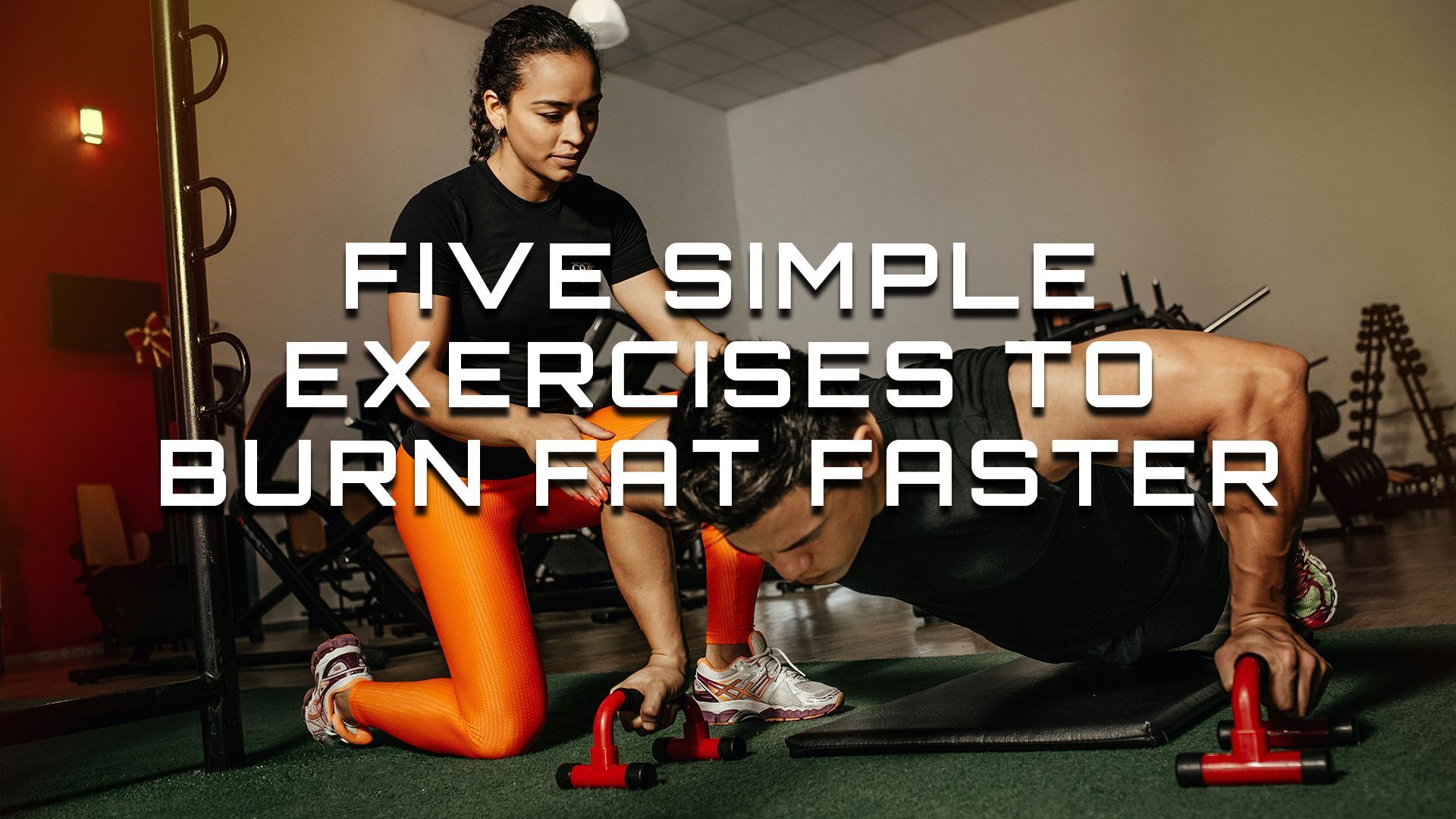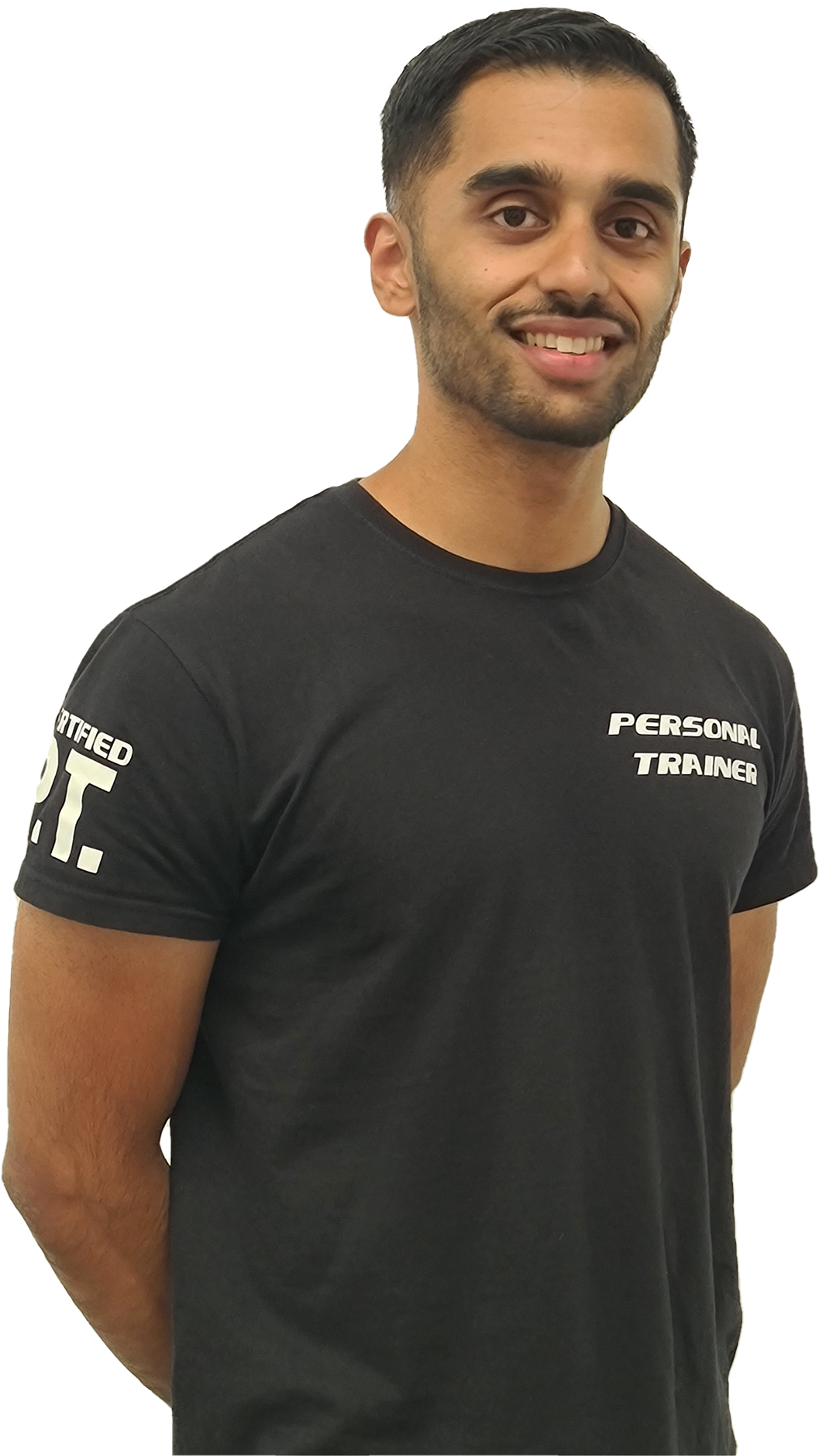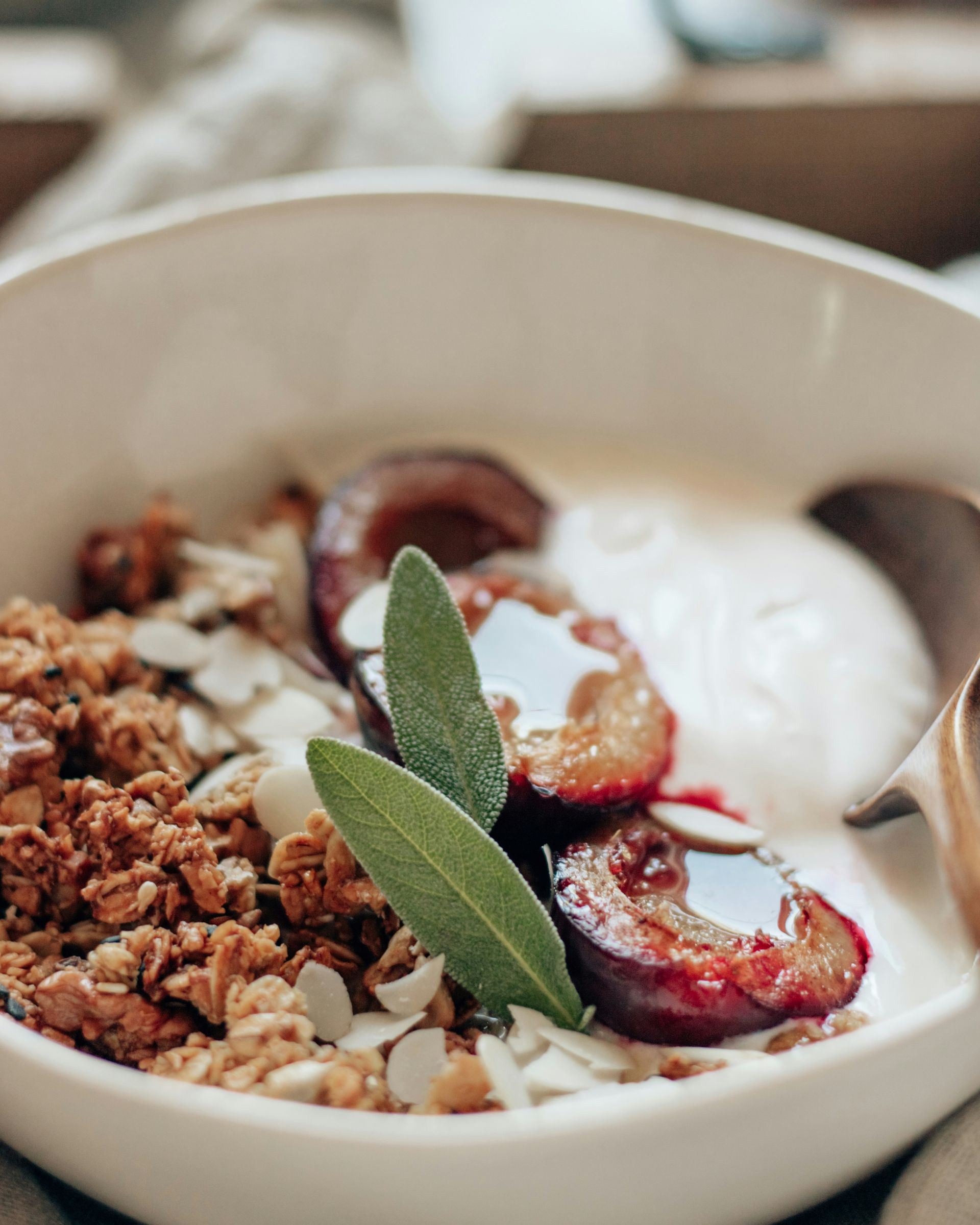
Looking to shed some extra pounds? Try these five simple exercises to burn fat faster and get in shape in no time.
Are you tired of carrying around extra weight and feeling self-conscious about your body? Losing weight can be a daunting task, but it doesn't have to be. By incorporating a few simple exercises into your daily routine, you can burn fat faster and achieve the body you've always wanted.
In this article, we'll discuss the top five exercises to burn fat faster. These exercises are easy to perform, require no equipment, and can be done in the comfort of your own home.
So, let's get started!
- High-Intensity Interval Training (HIIT)
- Jumping Jacks
- Squats
- Lunges
- Plank
High-Intensity Interval Training (HIIT)
The purpose of HIIT training is self-explanatory, you're doing high-intensity training with a purpose of revving up the heart rate for a prolonged period of time, with adequate rest periods between each exercises. Usually, people group 3-4 exercises at timed intervals and perform them in a circuit fashion.
HIIT workouts are meant to be quick and effective, of around 20-30 minutes aimed at burning fat quickly in the short-term and increasing levels of fitness, a common mistake people make with HIIT training is doing them too often for too long, and burning themselves out or getting injured, eventually reverting back to their previous level of fitness/physique.
Jumping Jacks
How to Jumping Jacks? Stand upright with your legs together, arms at your sides. Bend your knees slightly, and jump into the air. As you jump, spread your legs to be about shoulder-width apart. Stretch your arms out and over your head. Jump back to starting position. Repeat. These are challenging for beginners because of the large muscle groups required when you jump and land, when you land from a jump you are required to use approximately three times the force of your bodyweight, someone with a 70kg frame will burn about 8 calories per minute doing jumping backs.
Below is a playlist showcasing ten variations of a jumping back you can try out
Squats
The squat is an essential bodyweight movement for longevity and everyday life, because of the large muscles and joints it targets for improved strength and mobility. With feet at or around shoulder width (whatever’s most natural) and toes either forward or pointing slightly outward, lower by pushing your butt back and out until your thighs reach at least parallel. Keep the weight on the heels and a tight, neutral spine throughout the movement.
A minute of non-stop bodyweight squats will burn 8 calories, 100 bodyweight squats will burn 32 calories. Imagine adding weight onto thart with a goblet squat, or back squat, you're bound to burn significantly more.
There are many variations to squats, check out my previous blog "Four New Ways To Squat" or have a look at the video below for a playlist of squats in my YouTube channel.
Lunges
Lunges are similar to squats, in that they're a bit like single legged squats, with the back leg for support. Start off with your feet together, slide one foot back, so your feet are either on a tight rope or slightly square, and squat down by bending the knees, makesure the back heel is facing the sky, use the front foot to drive your body up. Repeat. This exercise will burn around 6 calories per minute, 30 calories per 100 lunges. Once again, if you add weight to the exercise you'll burn significantly more calories.
Lunges are a powerful exercise, allowing you to shape and strengthen almost every muscle in the lower body-the hips, glutes, quads, hamstrings, and calves. It helps strengthen your lower body, increase core strength, muscle tissue and help you get the perfect buttocks you always hoped for.
Below is a video on how to perform lunges and a variations of the lunge can be found on my playlist above for squats.
Plank
The most common gym exercise for the abdominals are crunches and sit ups, made famous by all those 90s/early 00s teleshopping commercials, but if that's all your doing for the abdominals it'll always be a losing battle, the abdominals make up a part of the core. Core training should be targeted to improve stability, mobility and strength in the hips, spine and the abdominal wall.
Lay on the floor with your elbows under your shoulders, hands flat on the floor and core engaged. Keeping your forearms and knees on the floor slowly raise yourself upwards until your body is in a straight line from your knees to your head. Hold the position for as long as you can.
Situps and crunches can be hard on your back. Pushing your spine against the floor can cause lower back pain later on. Additionally, planks don’t just work your core: They work your entire body.
Planks require your arms, your legs, and all of your abs, making them an all-encompassing workout and a more efficient way to exercise, burning between two to five calories per minute depending on the level of difficulty!
Below is a video of a 4-step plank progression for progressing and regressing levels of difficulty.
Here are some important points to remember when performing these exercises:
- Always warm up before starting your exercise routine to prevent injury
- Start with a low number of reps and gradually increase as you get stronger
- Proper form is key – make sure you are using the correct technique for each exercise
- Rest for 30-60 seconds between sets to give your muscles time to recover
- Aim to do these exercises at least three times a week for maximum results
FAQs:
Q. How long should I do these exercises for?
A. Aim to do each exercise for 30 seconds to one minute, depending on your fitness level.
Q. Can I do these exercises if I have a bad knee?
A. Always consult with your doctor before starting any new exercise routine. If you have knee problems, you can modify the exercises to reduce the impact on your knees.
Q. How long will it take to see results?
A. Results vary depending on your starting weight, diet, and exercise routine. However, with consistent effort, you should start to see results in a few weeks.
Conclusion:
Losing weight and burning fat doesn't have to be complicated. By incorporating these five simple exercises into your daily routine, you can start to see results in no time. Remember to warm up, use proper form, and rest between sets to prevent injury and achieve maximum results. So, what are you waiting for? Start your fitness journey today and say goodbye to excess weight for good!

Start Today!
Ready to transform your fitness journey? Take the first step towards achieving your goals with personal training!
My take on Health and Fitness



